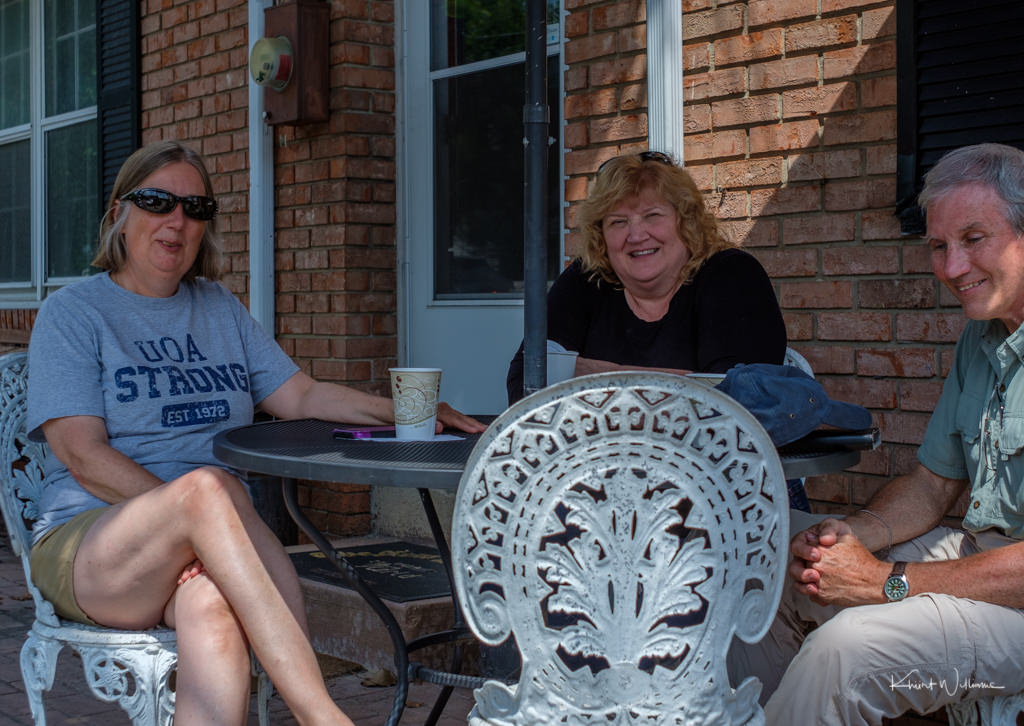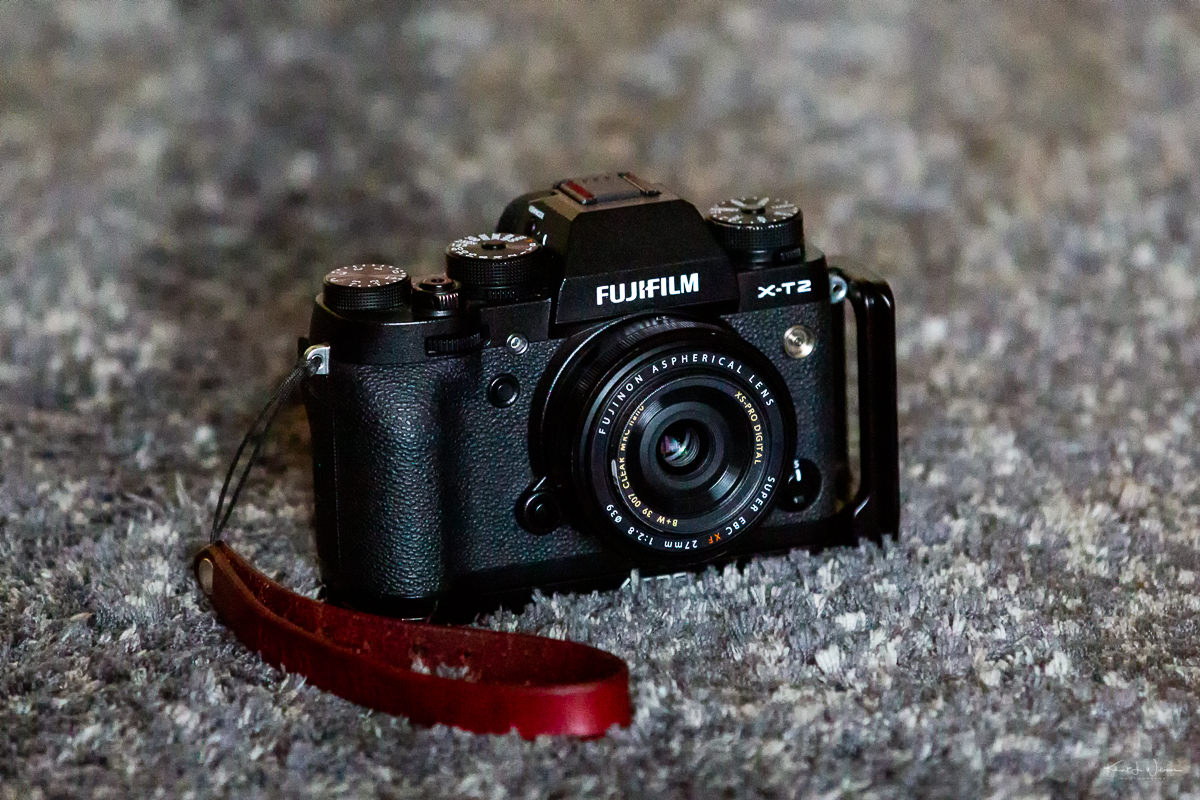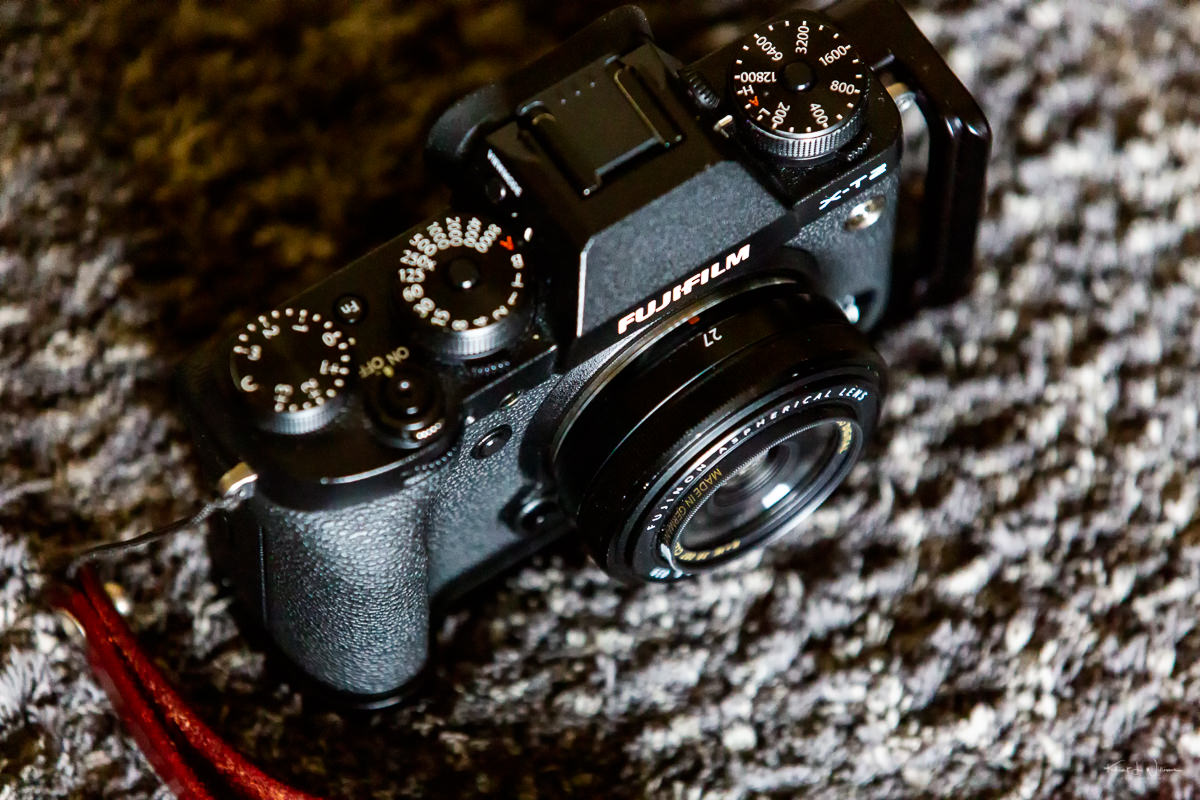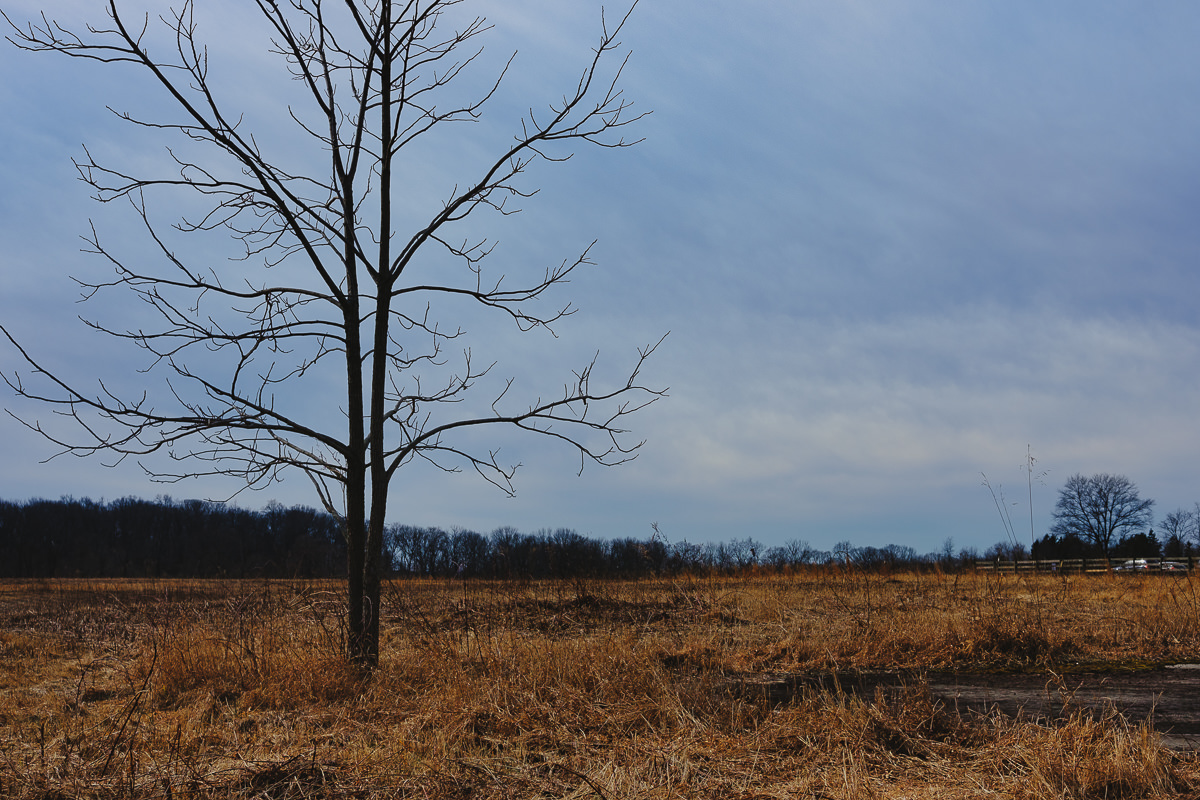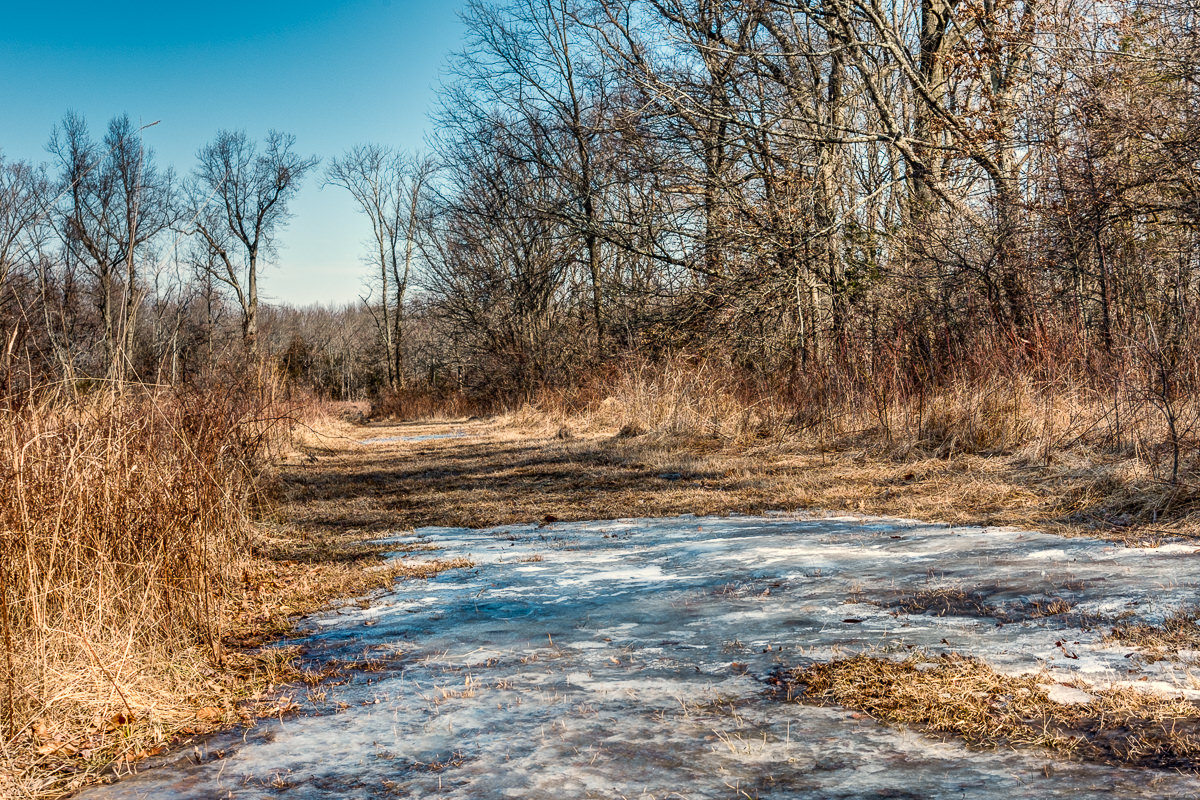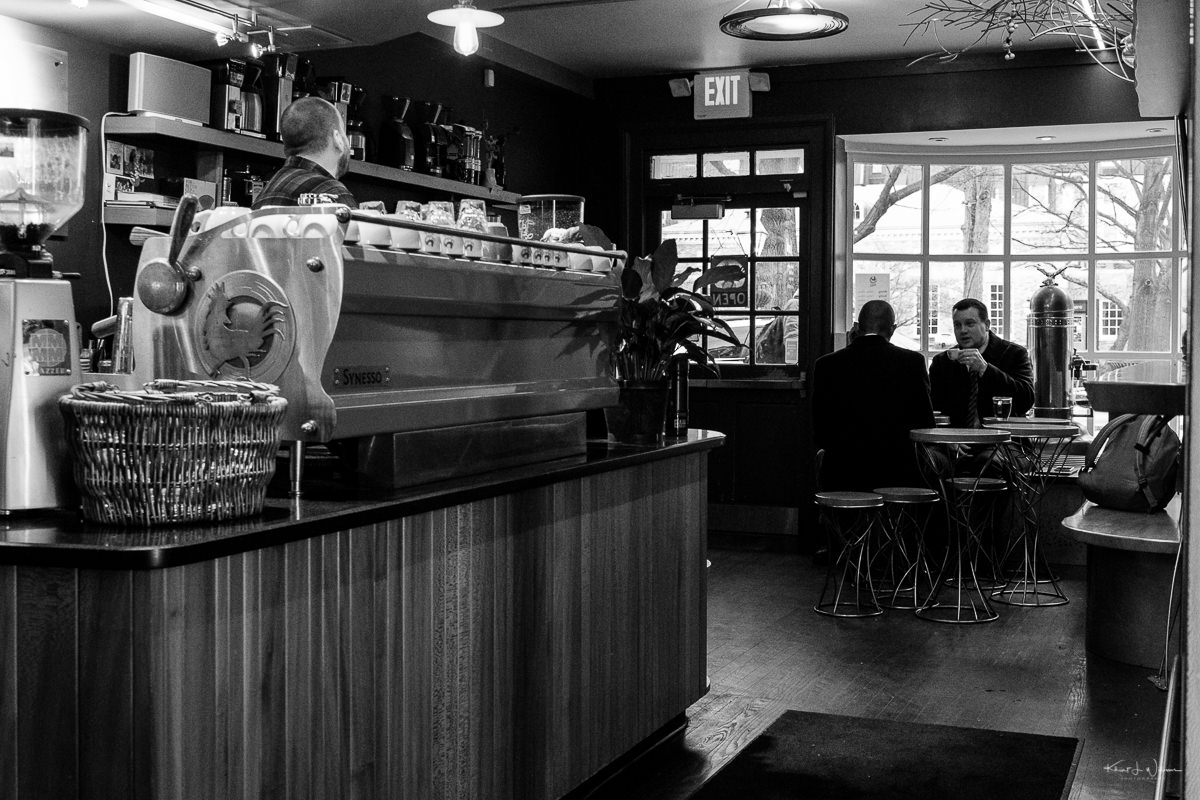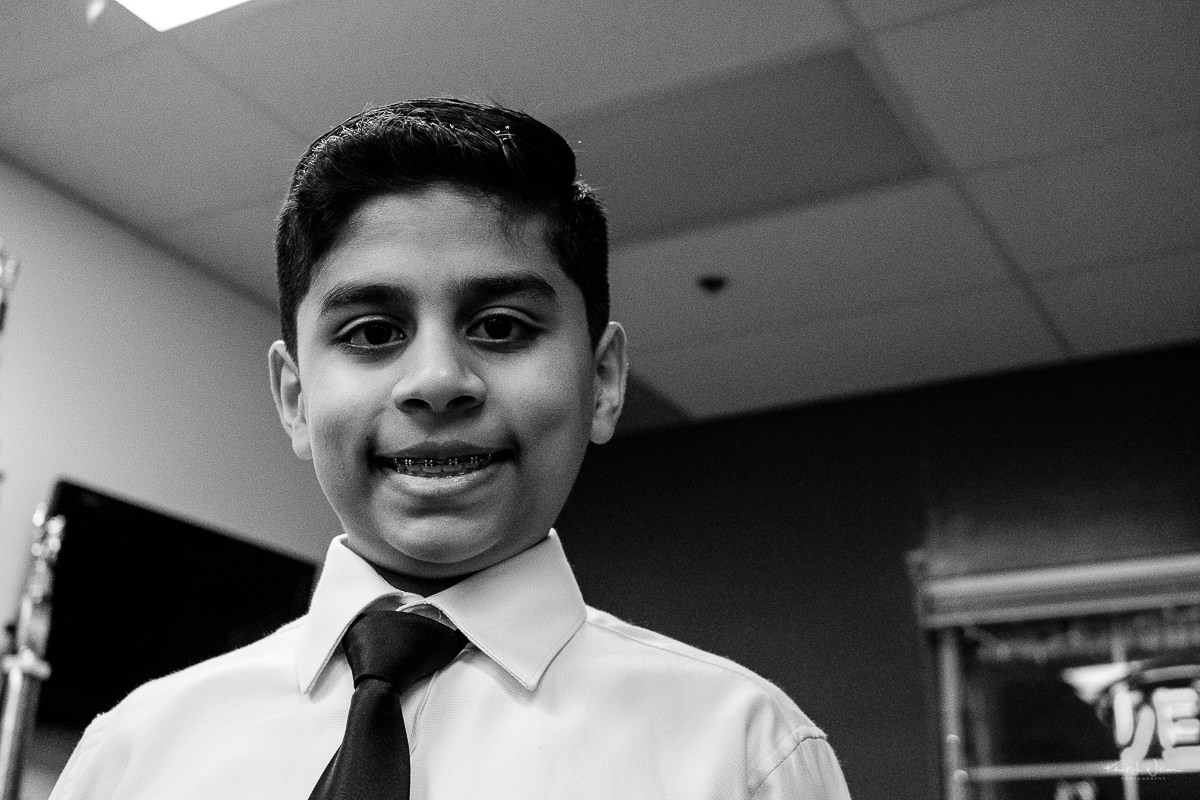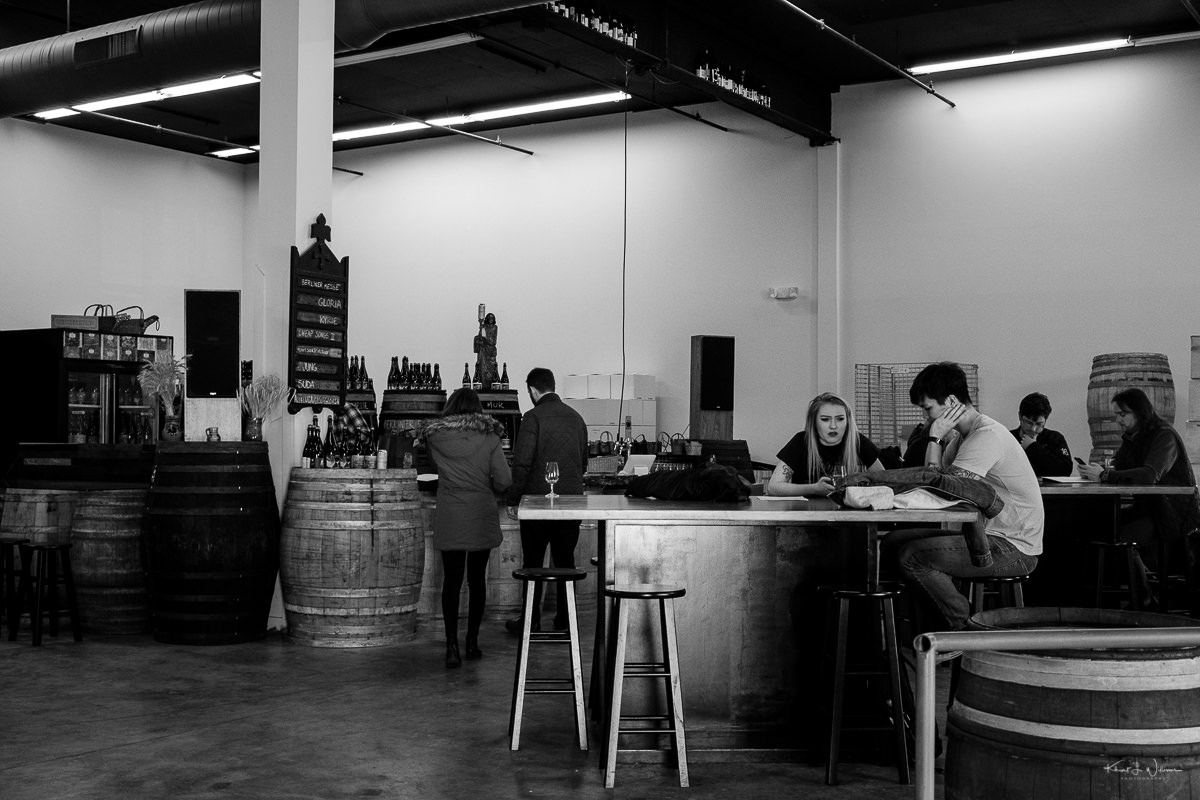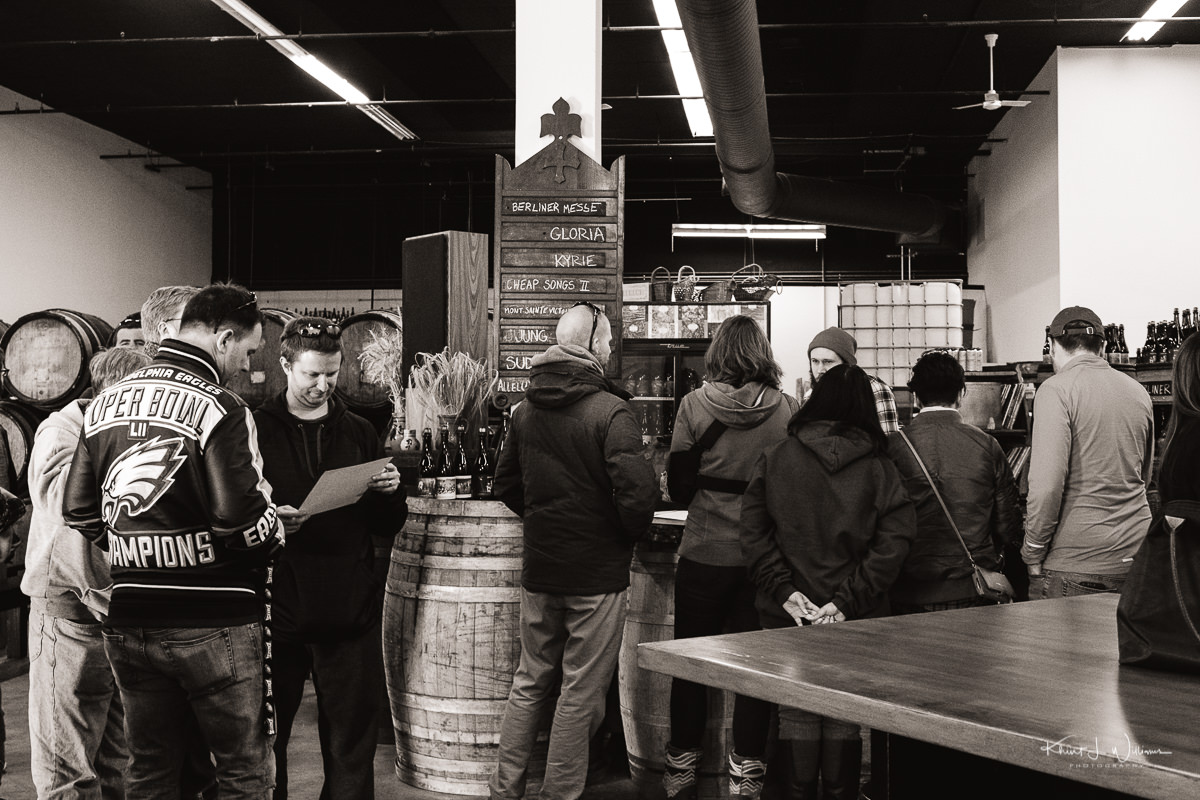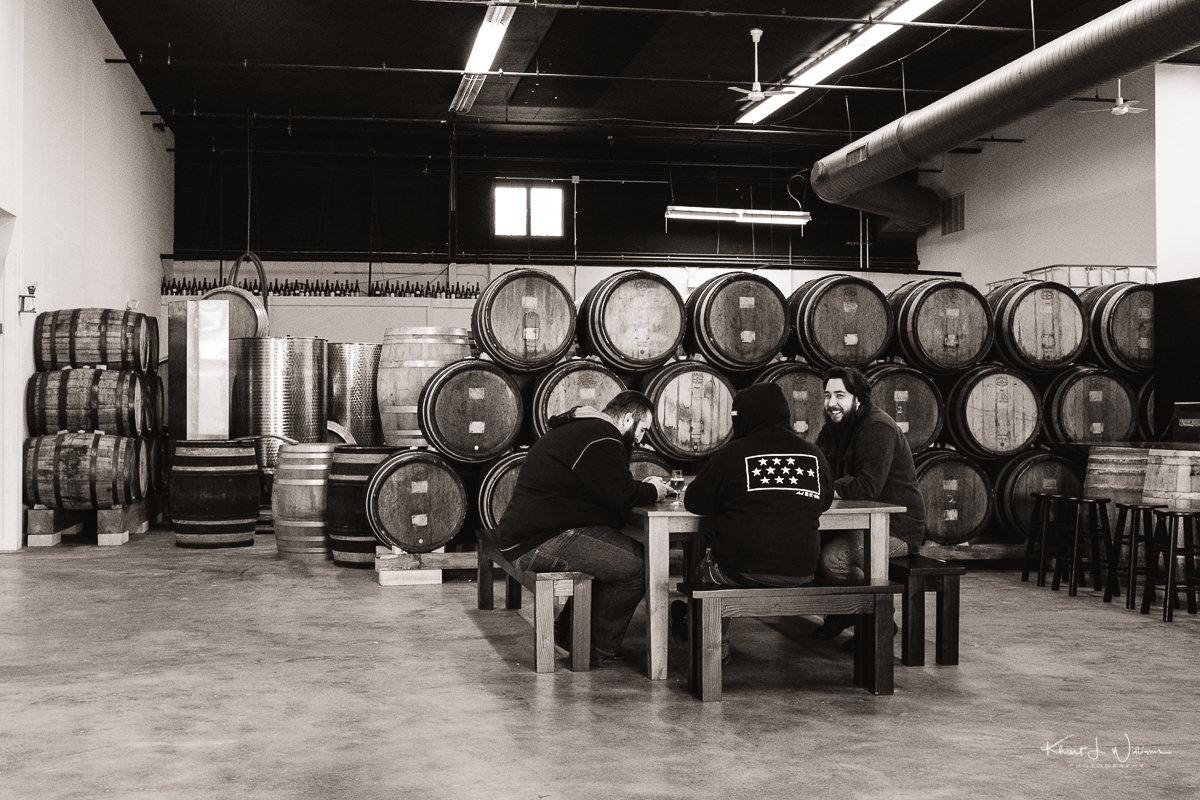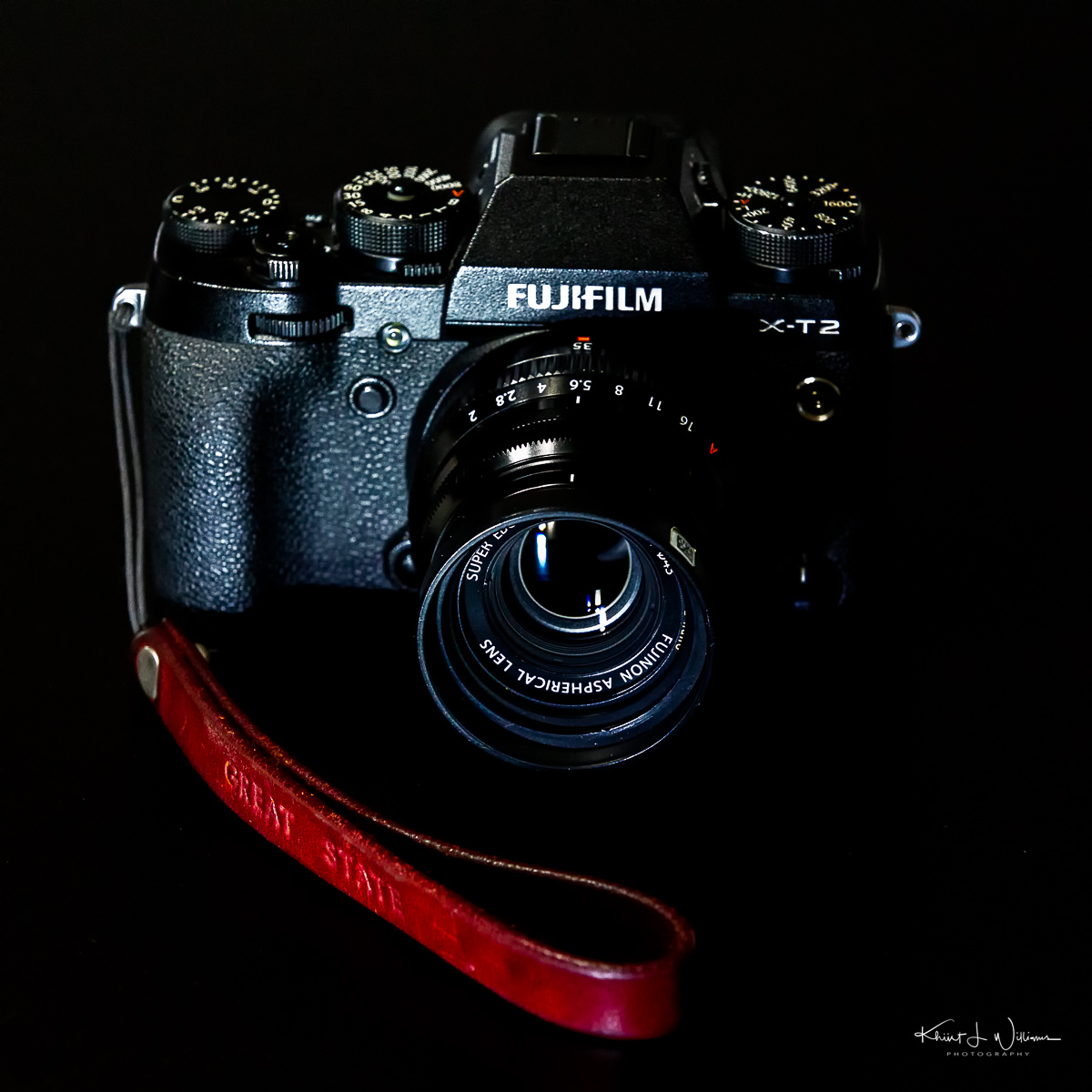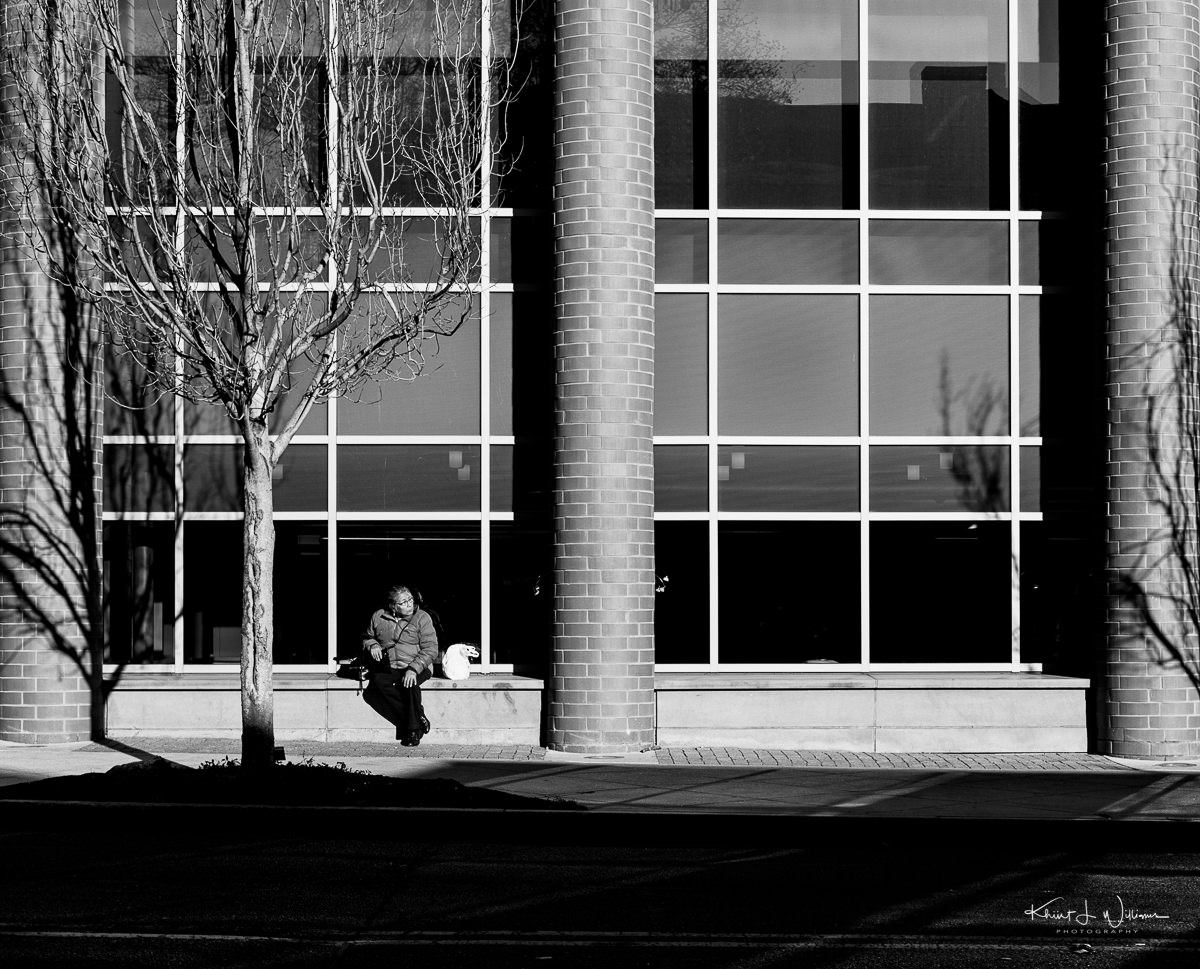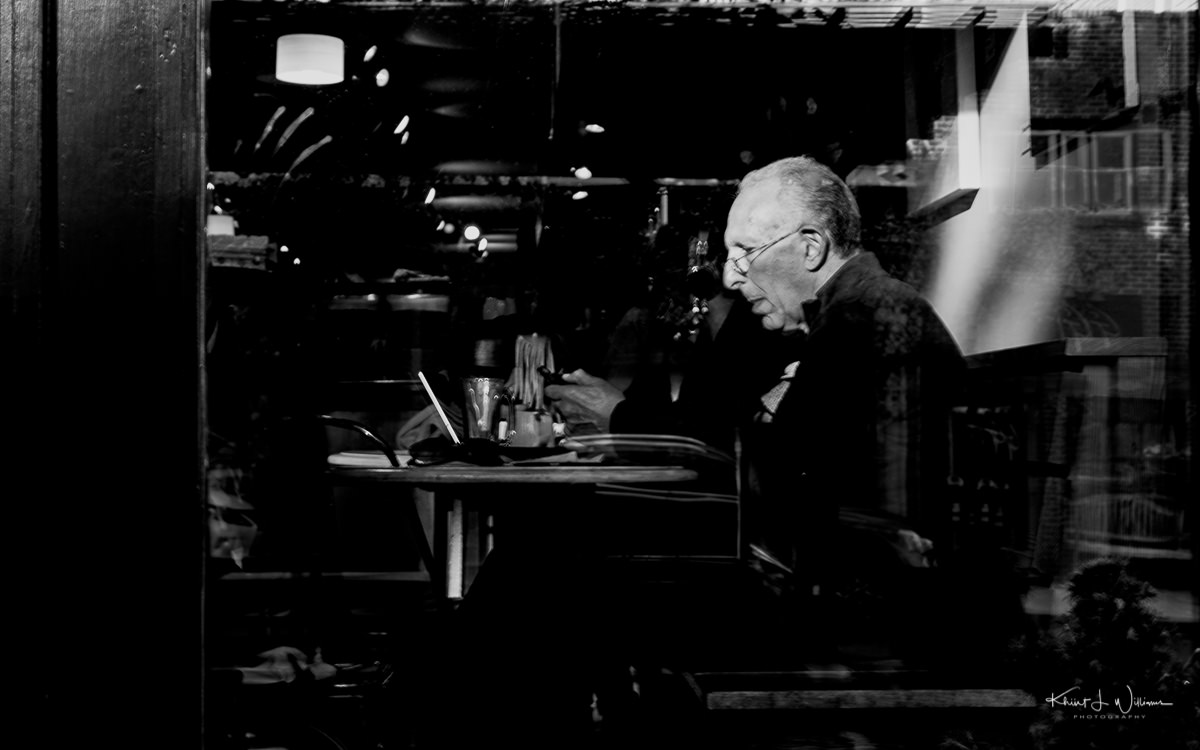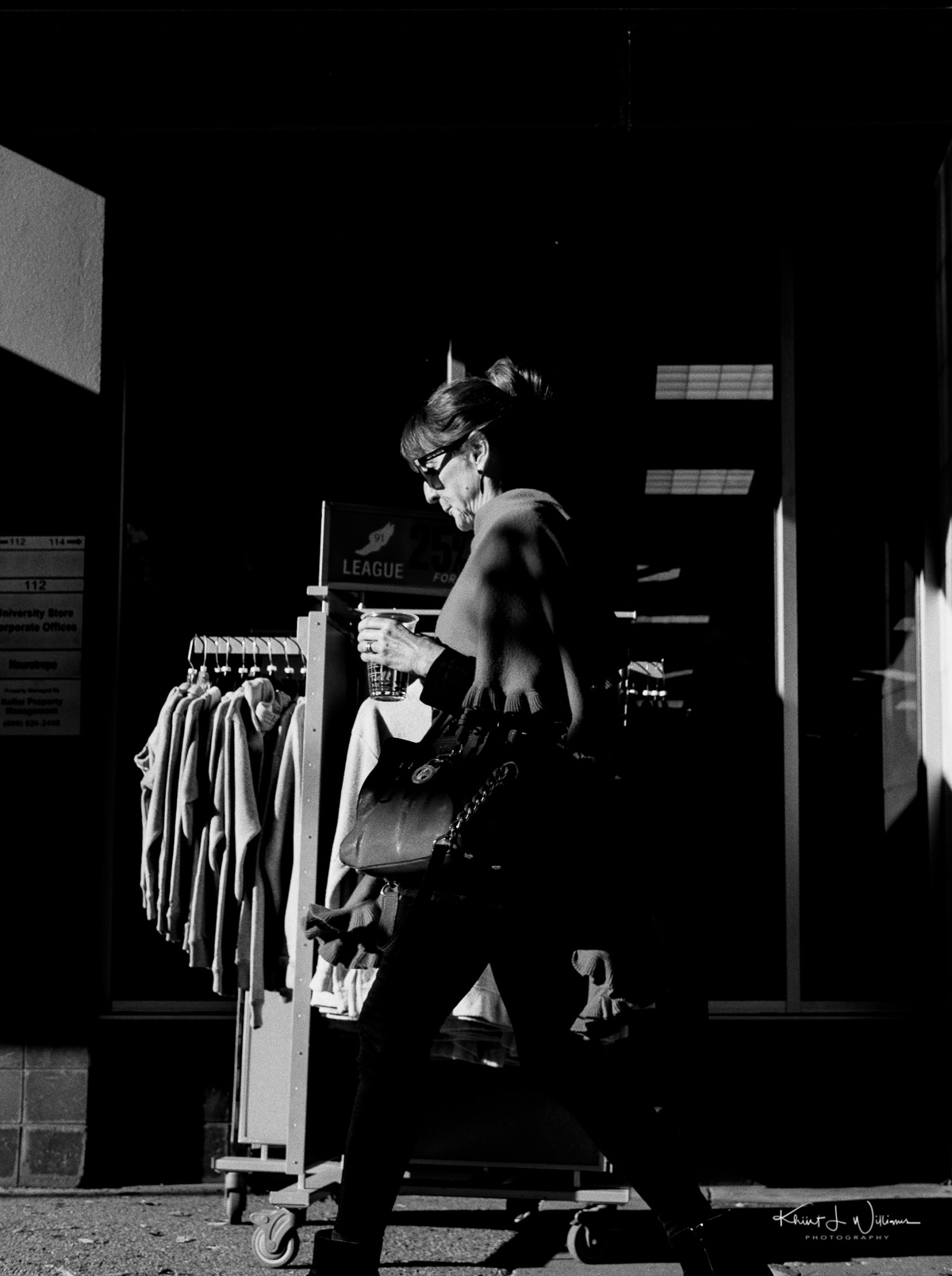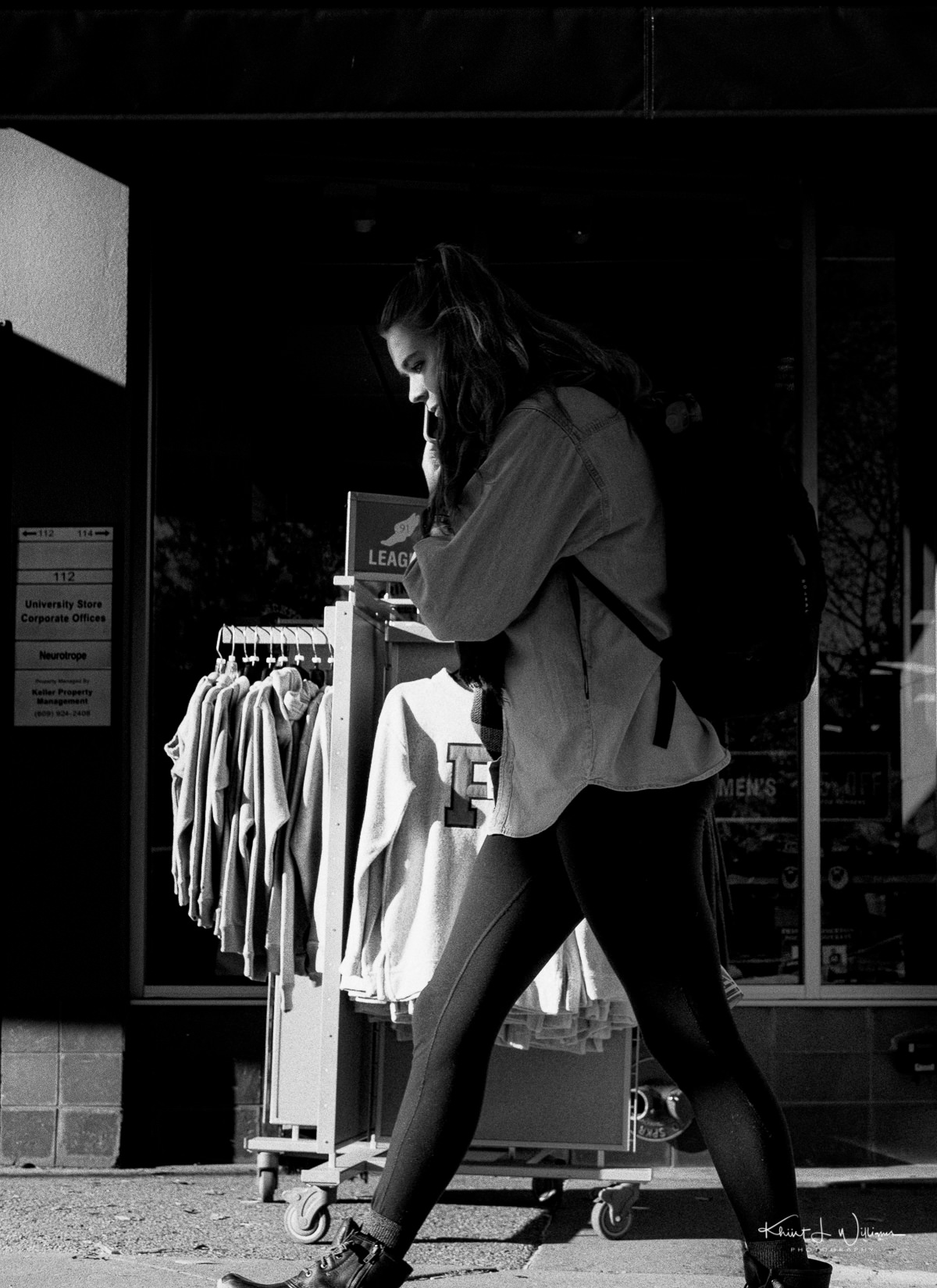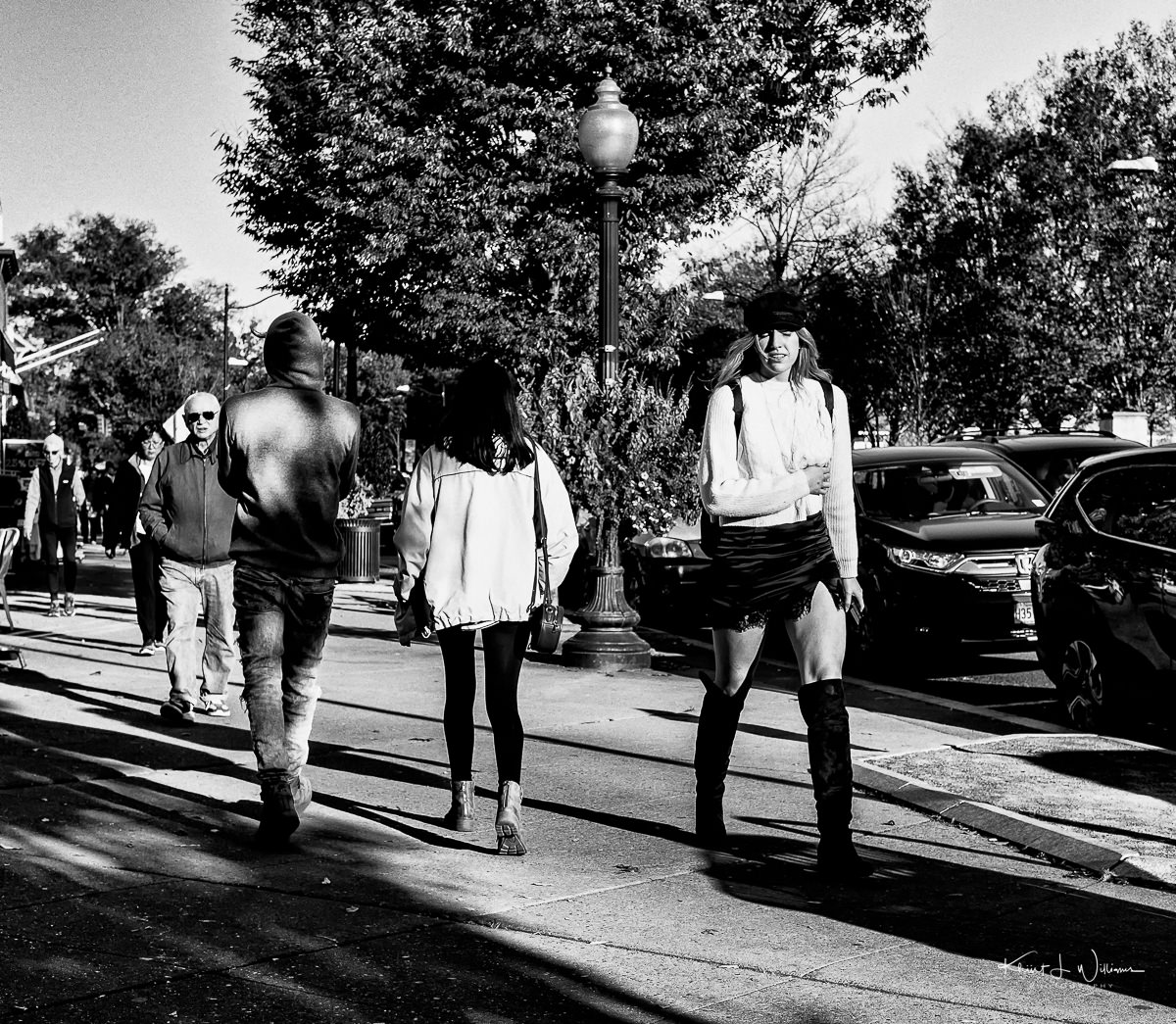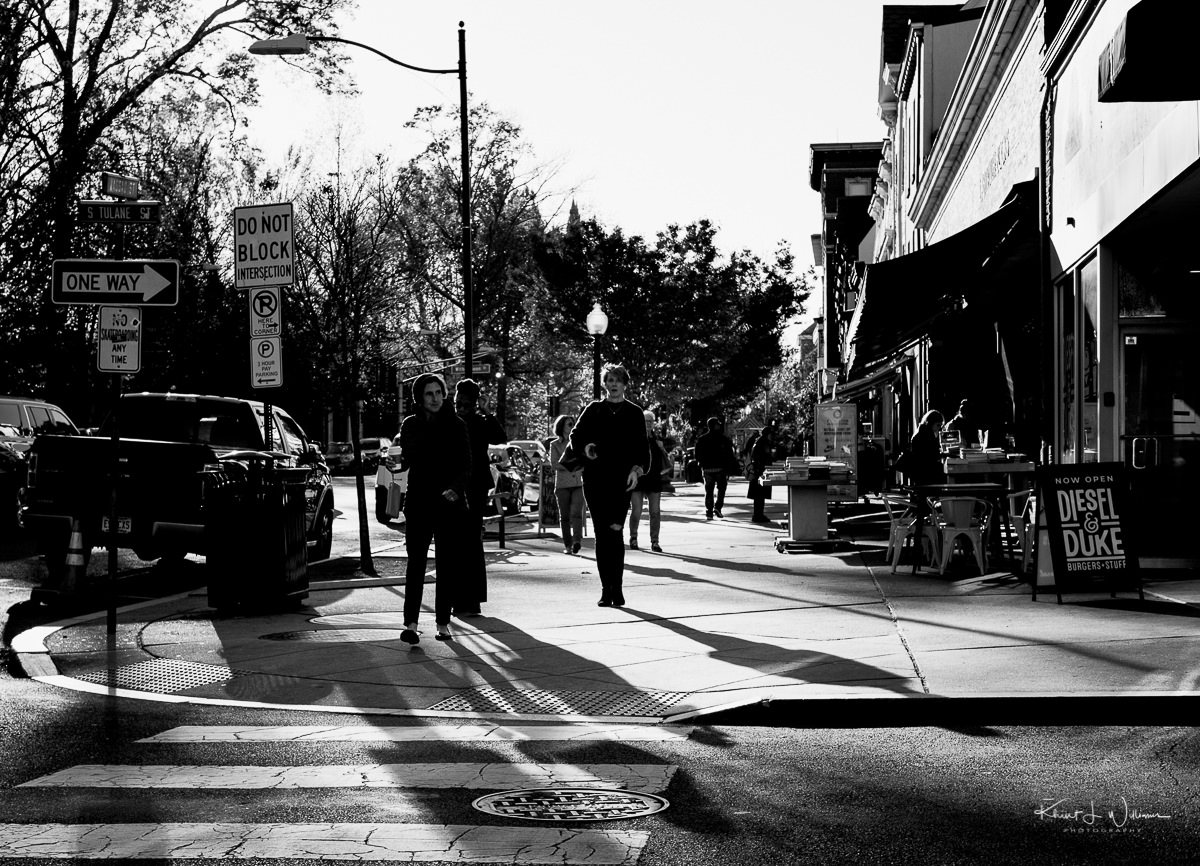I have often read that the 35mm (full-frame equivalent) is the perfect all-around focal length. On a 35mm camera, this focal length is wide enough for a scene to fill a frame, but long enough to isolate an individual subject. I had often also read that a 50mm prime lens, the ‘nifty fifty,’ is the most useful and complete all-round lens. Before the advent of zooms, most film cameras were fitted with 50mm lenses. It has been written that Henri Cartier-Bresson, whom many photographers hold in high esteem, used a 50mm lens for most of his photography.
A 50mm lens is a great addition to any camera bag because it's a versatile piece of glass. The point is that it is a great walk around or travel lens because it can help you photograph almost anything from your dog to mountains to small objects and everything in between.
Many photographers erroneously claim that the 50mm lens on a 35mm full-frame camera has an angle of view that closely matches the field of view of the human eye1.
I shoot mostly digital (APS-C), but I also own an Asahi Optical Co. Pentax Spotmatic II 35mm film camera. I went into the only local camera shop in Princeton to pick up a battery for the Spotmatic II and ended up buying a Soligor 35mm f/2.8 Wide-Auto M42 lens for $50.
I now have a good set of manual primes - 28mm 35mm and 55mm for my Asahi Optical Co. Pentax Spotmatic II which I can also use on my Fujifilm X-T2 at ~42 mm FF FOV, ~53mm FF FOV and ~84mm FF FOV.
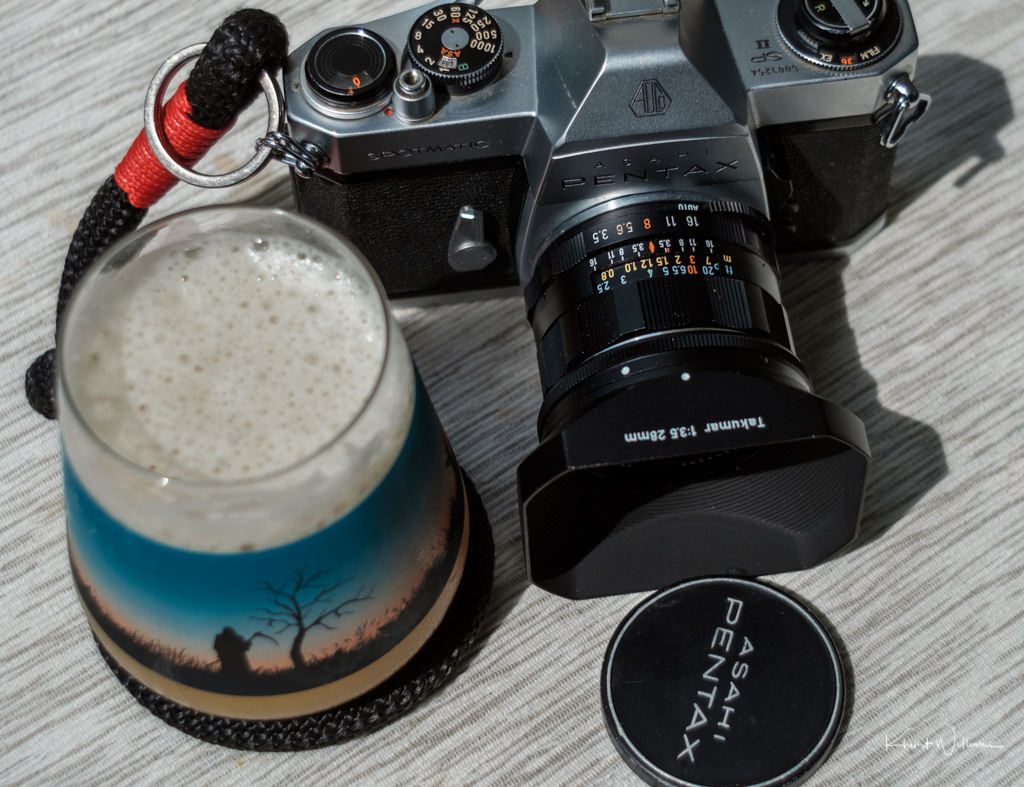
As I have written a few times while writing about other old lenses, "it's all-metal, substantial, great construction, yadda yadda". Just about every old lens I've come across would get high marks for that.
This lens has an A-M switch, a smooth and damped focus with a beautiful range of only over 180 degrees, reasonably compact build and nicely knurled focus and aperture rings. However, I noticed a tendency to move the A-M ring when changing aperture and mounting/unmounting.
On a 35mm film camera, I would use this lens primarily for street photography work but it can be put to that purpose on an APS-C sensor camera as well. I used it at around f/5.6 to f/11, which helps with sharpness.
But it's the pictures that matter. They were all shot at f/5.6 on my Fujifilm X-T2 with a Fotodiox M42-FX adapter.
I do think the images are a bit soft but I am unsure if it’s the lens or just my poor manual focusing technique.
Name: Soligor Wide-Auto 1:28 f=35mm
Mount: M42
Tested On: Fujifilm X-T2 with FotodioX M42-FX adapter
Zoom/Prime: Prime
Focal Length: 35mm
Maximum Aperture: f/2.8
Minimum Aperture: f/16
Diaphragm Blades: 8
Price Paid: US$50
Product Ratings (1=miserable, 5=excellent):
Construction Quality: 4
Image Quality: 3
Overall Value For Price: 4
Recommended: Maybe
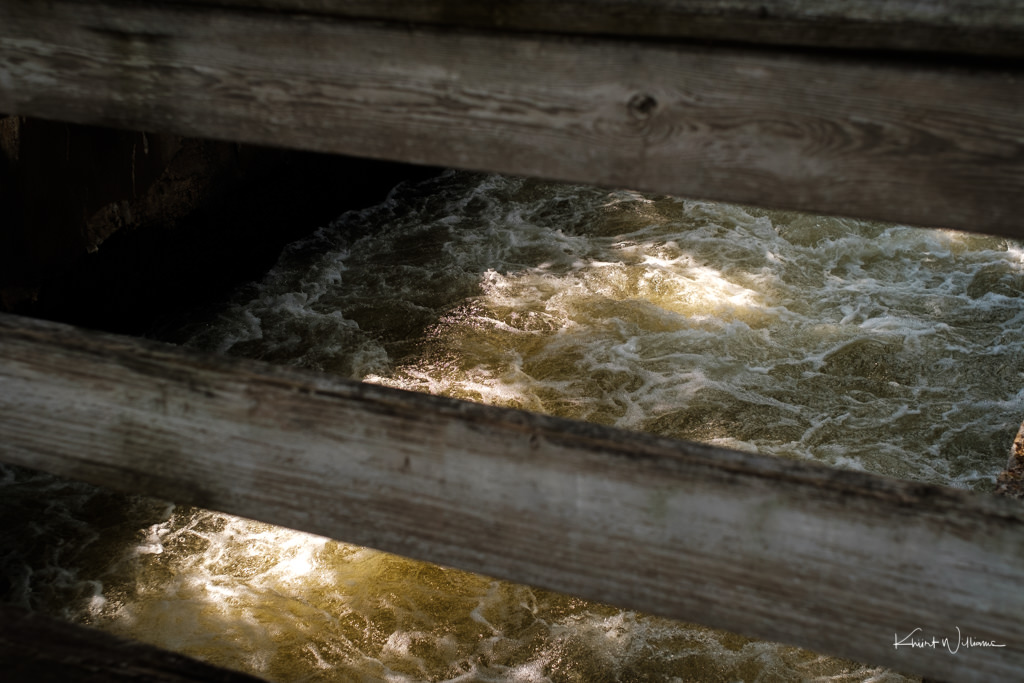

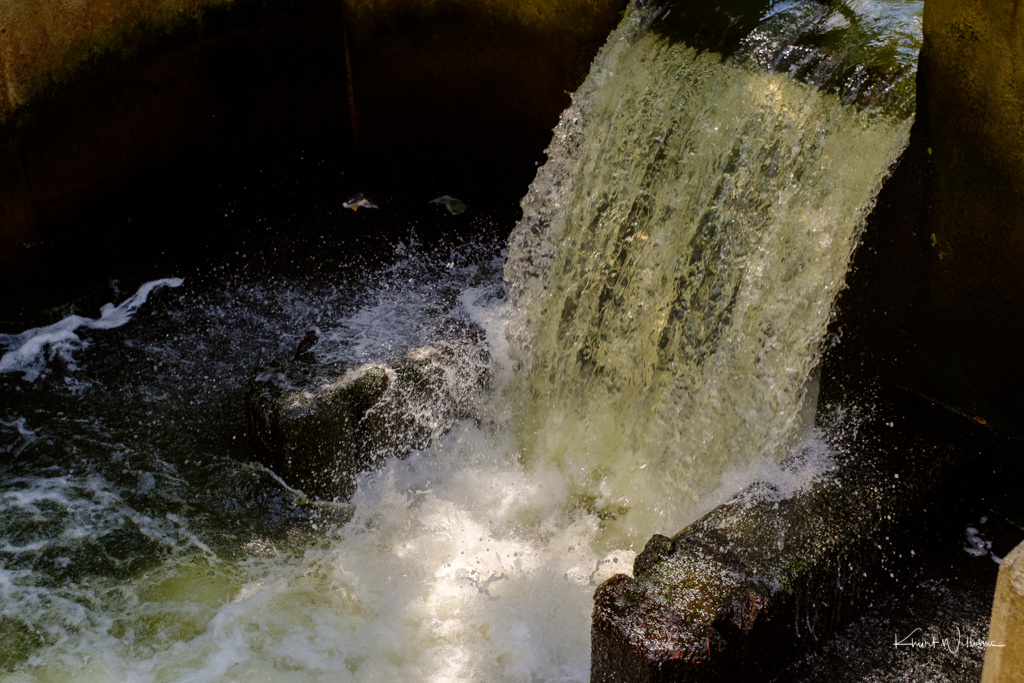
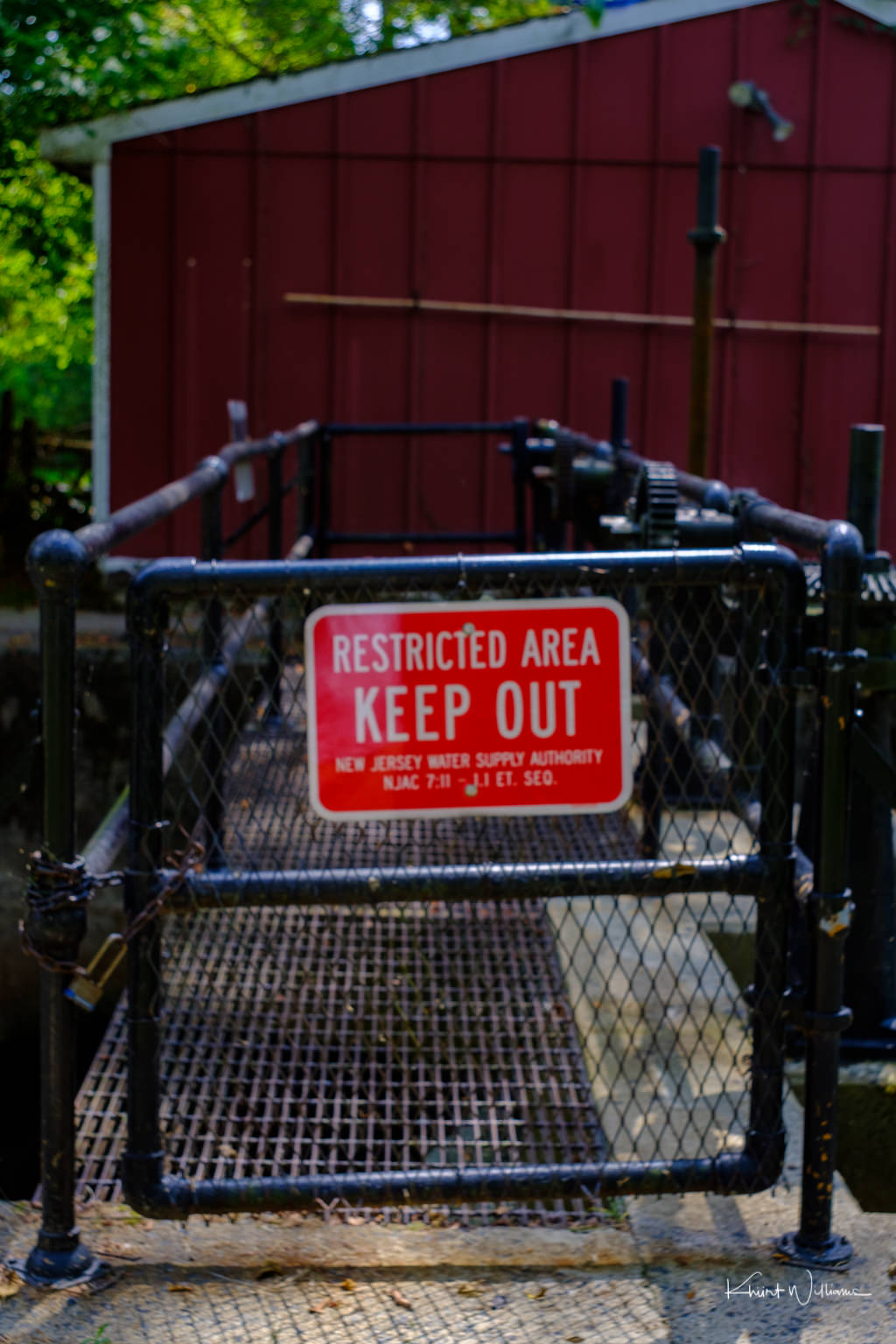
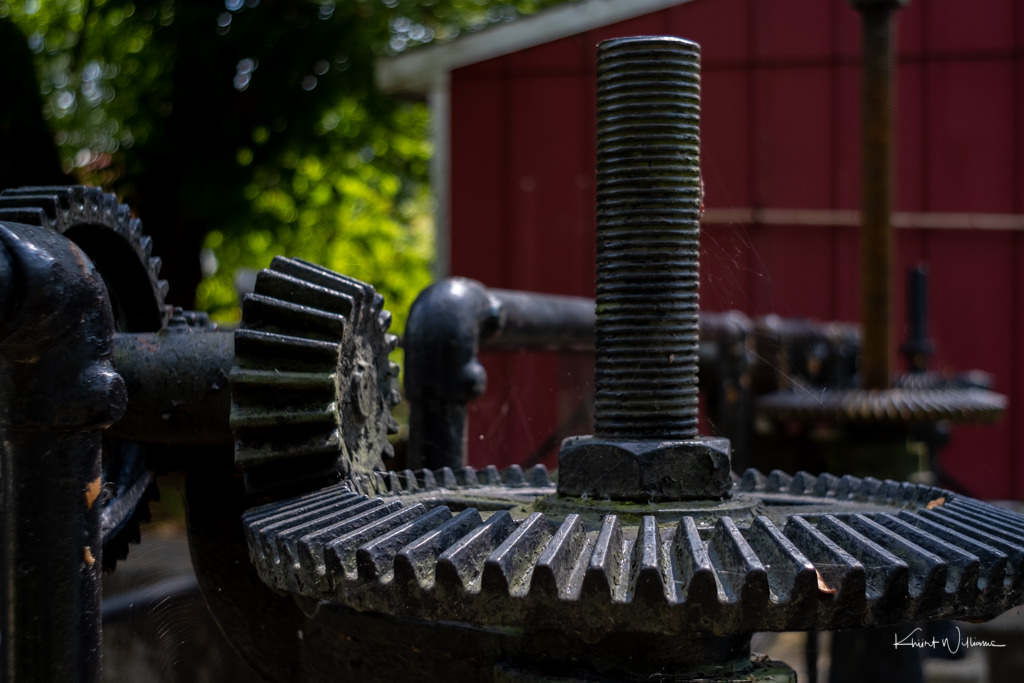
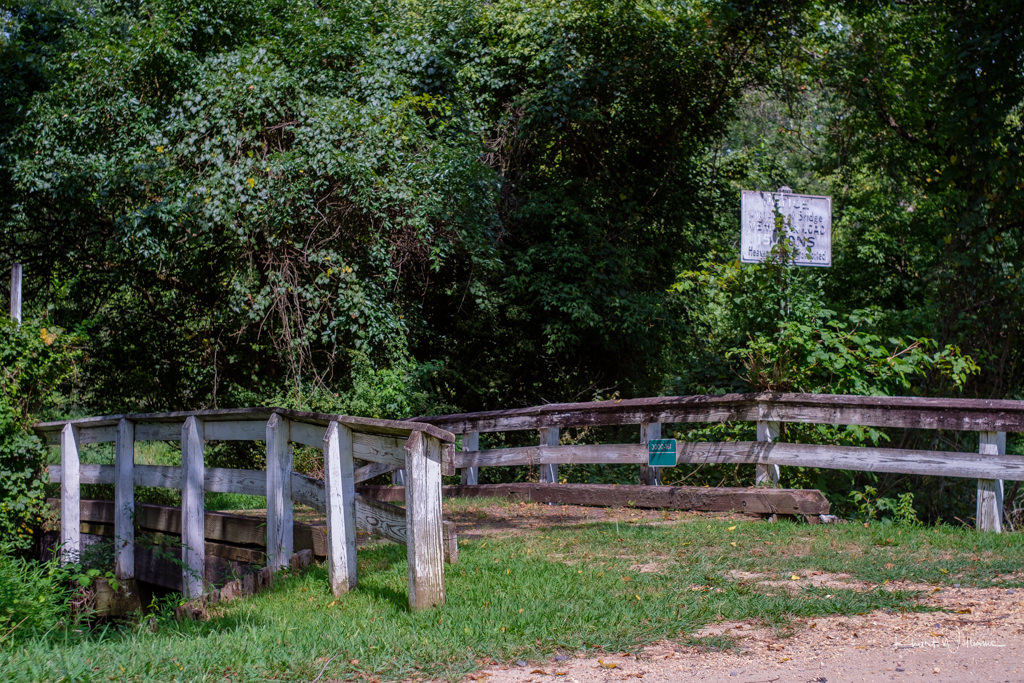
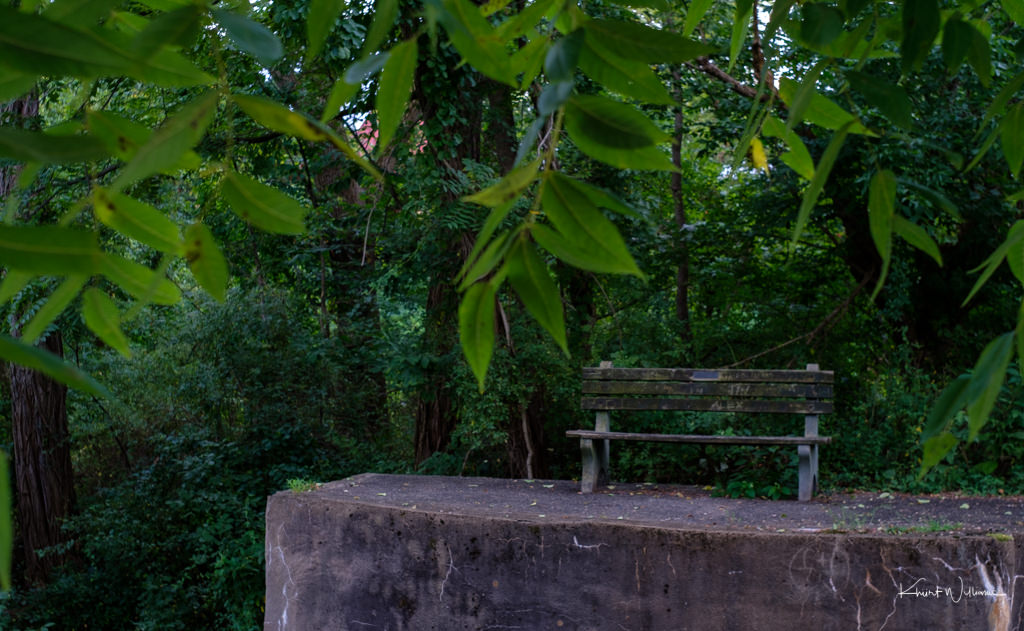
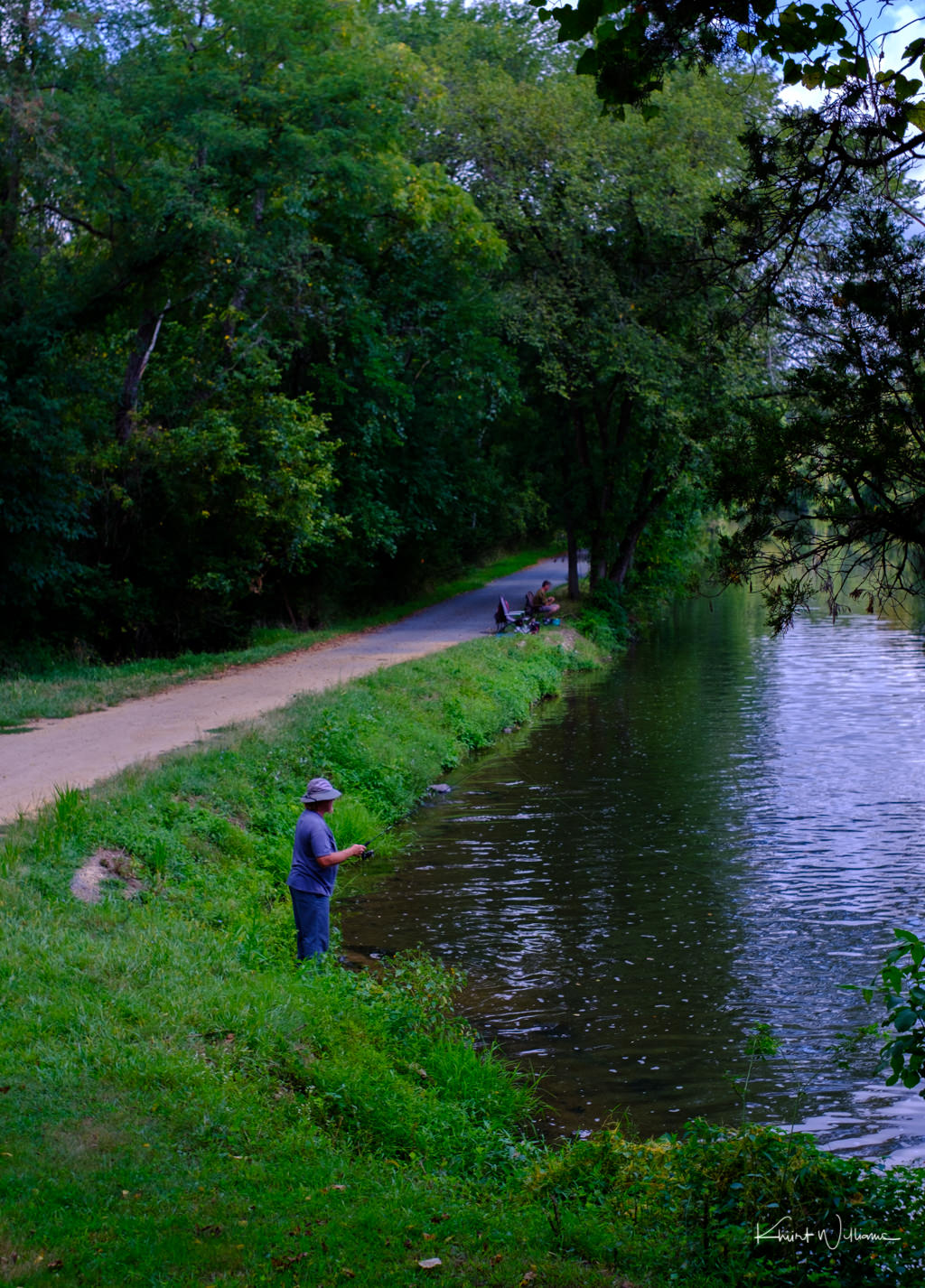
- IT DOES NOT!!! ↩
